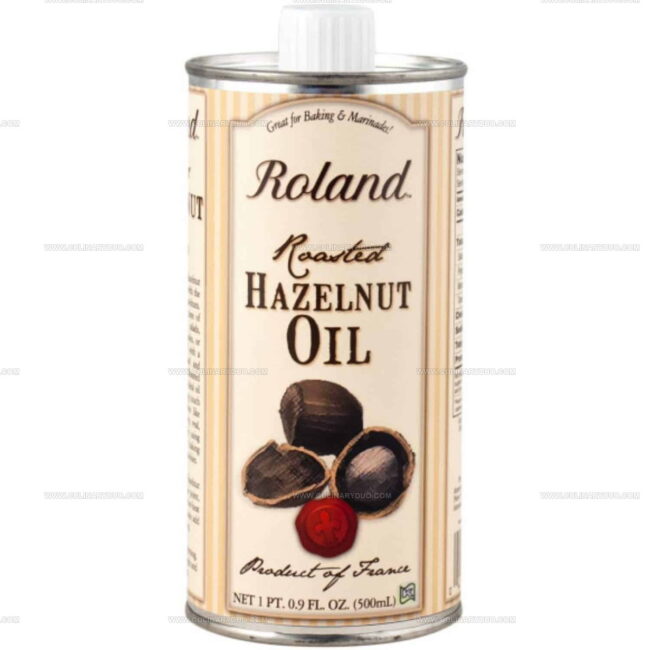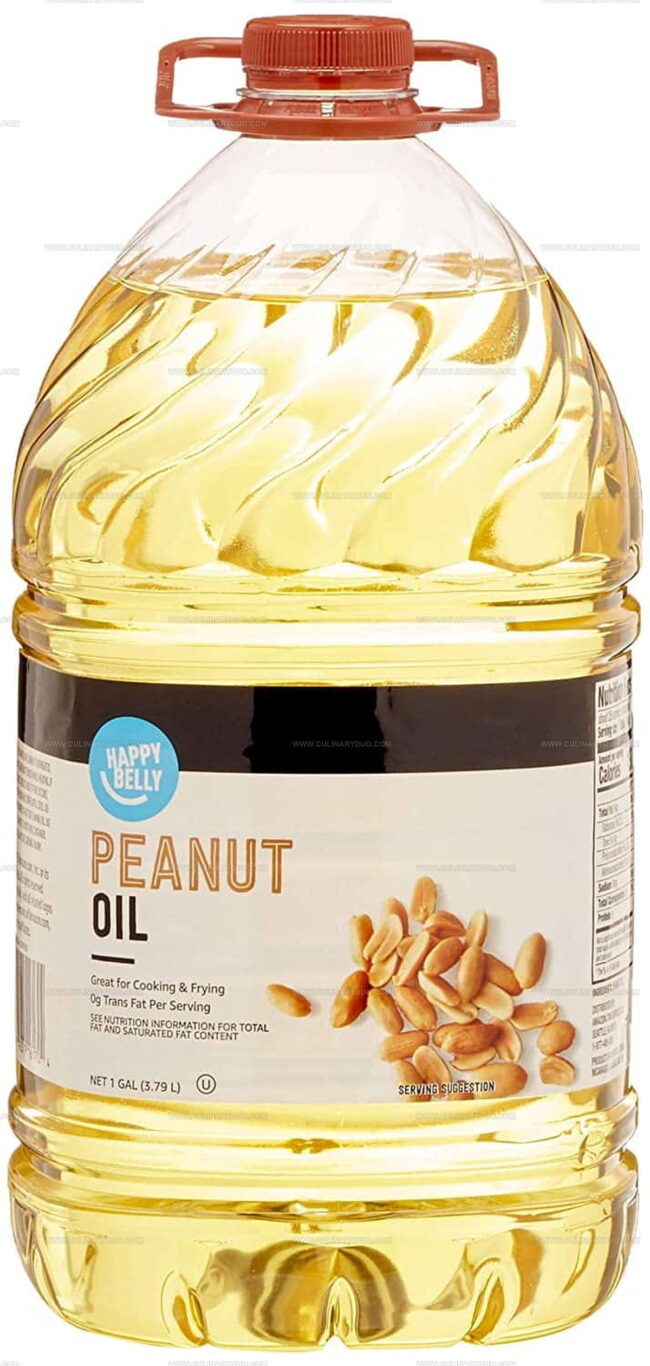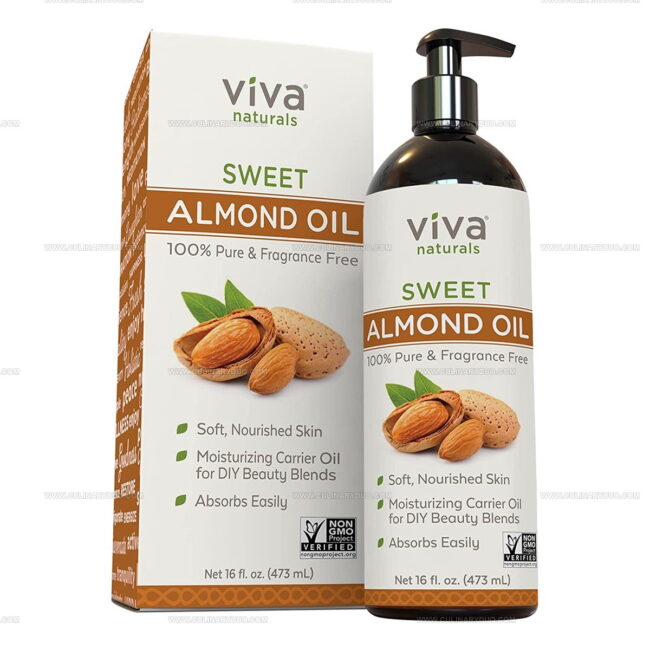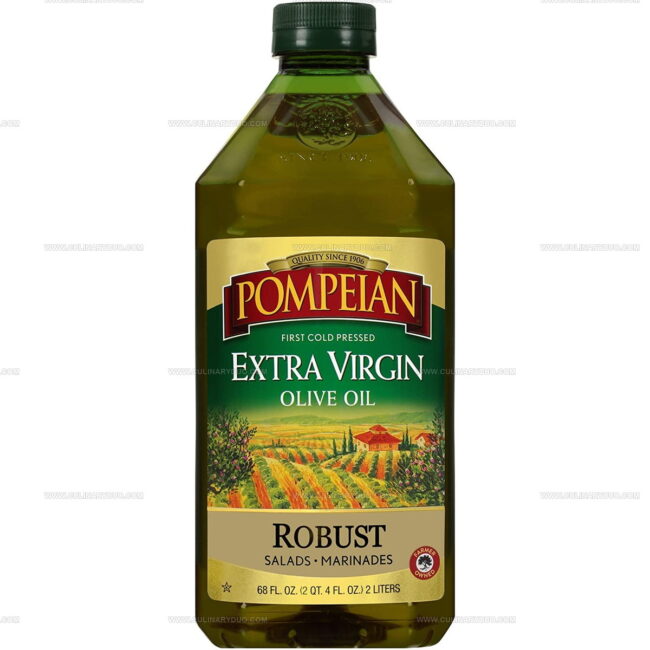5 Walnut Oil Replacements for Cooking and Baking
Walnut oil substitutes can transform your culinary creations when this specialty ingredient isn't within reach.
Finding suitable alternatives that still deliver rich, nutty depth in recipes can be challenging but is often possible with the right pantry staples.
The unique flavor profile makes walnut oil somewhat tricky to replace, yet several excellent options exist that mimic its distinctive qualities.
From common pantry staples to other specialty oils, these alternatives provide similar nutritional benefits and comparable taste experiences.
Good substitutes should complement the same dishes where walnut oil typically shines, particularly in salad dressings and finishing touches.
Most alternatives work perfectly in both cold applications and gentle cooking methods, preserving those subtle flavor notes we enjoy.
After reading about these possibilities, you'll feel confident making smart swaps that maintain the integrity of your favorite recipes without compromising on taste.
Why Substitute Walnut Oil?
Swapping walnut oil in recipes can be helpful for many reasons, especially if you want to adjust flavor, avoid allergens, or try something new in your cooking:
Nutty Walnut Oil Replacements
Walnut oil swaps bring nutty warmth to salads, bakes, and marinades. A different oil can create a fresh flavor profile. Check out the choices that could enhance your dishes.
Sesame Oil
Sesame oil offers a perfect swap for walnut oil with its similar nutty flavor, but comes with the major benefit of a higher smoke point for versatile cooking methods.
This natural alternative works beautifully in stir-fries and other high-heat dishes where walnut oil would burn too quickly.
Both oils contain important nutrients like vitamins E and K along with beneficial phytosterols, though sesame oil contains more vitamin E while walnut oil provides more vitamin K.
Extracted from the seeds of the sesame plant, this replacement option generally costs less than pricier walnut oil, making it budget-friendly for regular cooking needs.
Hazelnut Oil
Hazelnut seed oil offers a distinctive nutty flavor that makes it an excellent substitute for walnut oil in many recipes.
This versatile oil shines brightest in salad dressings, as a finishing touch, or in baking applications where its rich character can truly enhance the dish.
When cooking savory meals or preparing sweet treats, hazelnut oil works wonderfully in place of walnut oil, though its bold profile requires a careful approach.
Starting with half the amount called for in recipes allows you to adjust to your taste preferences without overwhelming your dish.
The cold-pressed extraction process preserves all the natural goodness and aromatic qualities that make this oil so special in the kitchen.
Peanut Oil
Peanut oil serves as an excellent alternative to walnut oil for both salad dressings and cooking due to its high smoke point, making it perfect for stir-fries and deep-fried dishes.
This versatile substitute shares similar vitamin E and K content with walnut oil, though it contains more vitamin E and less vitamin K.
The nutritional profile includes abundant omega-6 fatty acids but fewer omega-3s, which makes it slightly less healthy than walnut oil because of its higher saturated fat content.
Unrefined varieties of peanut oil offer the best flavor and richness when replacing walnut oil in recipes.
Almond Oil
Almond oil serves as an excellent substitute for walnut oil due to its widespread availability in most grocery stores.
Its pronounced nutty flavor shines beautifully in salad dressings where that distinctive taste needs to stand out, while the high smoke point makes it perfect for frying at higher temperatures.
Health benefits include rich amounts of vitamins E and K, plus plenty of omega-6 fatty acids, though it doesn't match walnut oil's omega-3 content.
The nutritional profile features more monounsaturated fats and slightly less saturated fat compared to walnut oil, creating a heart-healthy alternative for many recipes.
Extra Virgin Olive Oil
Substituting olive oil for walnut oil offers an accessible solution for home cooks since most kitchens already have this pantry staple on hand.
Many chefs appreciate its versatility as it pairs wonderfully with both sweet and savory dishes, making transitions between recipes seamless.
The straightforward 1:1 replacement ratio means you simply use one cup of olive oil for every cup of walnut oil called for in your recipe.
While not technically a nut oil, olive oil delivers comparable results in most cooking applications without requiring a special trip to specialty stores.
This common alternative works particularly well when other nut oils aren't available, ensuring your cooking plans won't be derailed by a missing ingredient.
Tips for Enhancing Dishes Without Walnut Oil’s Flavor
If you’re cooking without walnut oil, you can still boost flavor and add richness to your dishes by making a few thoughtful swaps and adjustments:
Choose Flavorful Oils
Use extra virgin olive oil, toasted sesame oil, or pumpkin seed oil to add bold, distinctive flavors to dressings, drizzles, or as a finishing touch on dishes.
Add Roasted Nuts
Toss roasted pecans, almonds, or hazelnuts into salads or sprinkle over cooked vegetables to mimic the nutty richness that walnut oil provides.
Try Nut Butters
Incorporate a small spoonful of almond or cashew butter into sauces or dressings to add creamy texture and a deep, nutty flavor background.
Use Herbs And Spices
Fresh herbs such as parsley, basil, or thyme bring brightness and freshness, while spices like smoked paprika, cumin, or coriander contribute warm, complex notes.
Squeeze Some Citrus
A splash of lemon, orange, or lime juice can brighten and balance rich or earthy dishes by adding a fresh aroma and zesty flavor.
Toast Your Ingredients
Lightly toasting bread, grains, or seeds before adding them intensifies their flavor, creating a richer and more complex taste profile in your recipe.
Finish With A Crunch
Add texture and subtle flavor by sprinkling toasted seeds like sunflower or pumpkin seeds over your finished dish just before serving.
Walnut Oil Substitutes: Your Top Questions
1. What nut oils are closest in flavor to walnut oil?
Hazelnut oil and almond oil both offer nutty notes and can be used similarly in dressings, marinades, or finishing oils.
2. Can I substitute walnut oil with coconut oil in baking?
Yes, but expect a noticeable change in flavor. Coconut oil brings a sweeter, tropical taste that can alter the final result.
3. Is grapeseed oil a good walnut oil substitute for sautéing?
Yes, grapeseed oil has a neutral taste and a high smoke point, making it a practical option for light cooking and frying.
4. Can I use butter instead of walnut oil?
In some recipes like baking or low-heat cooking, melted butter can substitute walnut oil, though it adds dairy richness and a different texture.
5. How do walnut oil and sesame oil compare in recipes?
They’re both aromatic, but sesame oil has a stronger, toasted flavor. Use it sparingly if substituting in delicate dishes.
6. What’s a dairy-free alternative to walnut oil for baking?
Sunflower oil or light olive oil are good dairy-free choices with mild flavors that won’t overpower baked goods.
7. Is walnut oil safe for people with nut allergies?
No, anyone with tree nut allergies should avoid walnut oil and opt for seed-based oils like flaxseed, sunflower, or canola instead.









Natalie Brooks
Co-Founder & Content Strategist
Expertise
Education
eCornell
Natalie brings the vibrant, plant-powered side to Culinary Duo. After earning her Plant-Based Nutrition Certificate from eCornell, she combined her love for fresh ingredients with a passion for storytelling, aiming to make healthy cooking simple and satisfying.
Her kitchen motto: good food doesn’t need a fancy label, it just needs fresh ideas and a little creativity. Outside of writing and recipe testing, Natalie’s happiest in her garden, exploring farmers’ markets, or mixing global flavors into new kitchen experiments.